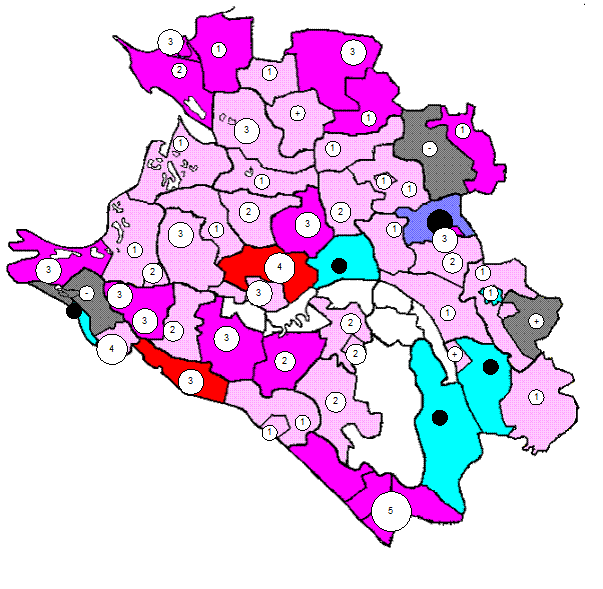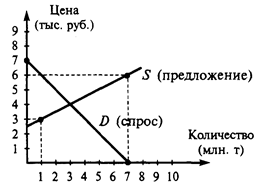Before 1707
Stonehenge, in Wiltshire, was erected around 2500 BC. Settlement by anatomically modern humans of what was to become the United Kingdom occurred in waves beginning by about 30,000 years ago.[44] By the end of the region's prehistoric period, the population is thought to have belonged, in the main, to a culture termed Insular Celtic, comprising Brythonic Britain and Gaelic Ireland.[45] The Roman conquest, beginning in 43 AD, and the 400-year rule of southern Britain, was followed by an invasion by Germanic Anglo-Saxon settlers, reducing the Brythonic area mainly to what was to become Wales and the historic Kingdom of Strathclyde.[46] Most of the region settled by the Anglo-Saxons became unified as the Kingdom of England in the 10th century.[47] Meanwhile, Gaelic-speakers in north west Britain (with connections to the north-east of Ireland and traditionally supposed to have migrated from there in the 5th century)[48][49] united with the Picts to create the Kingdom of Scotland in the 9th century.[50] In 1066, the Normans invaded England from France and after its conquest, seized large parts of Wales, conquered much of Ireland and were invited to settle in Scotland, bringing to each country feudalism on the Northern French model and Norman-French culture.[51] The Norman elites greatly influenced, but eventually assimilated with, each of the local cultures.[52] Subsequent medieval English kings completed the conquest of Wales and made an unsuccessful attempt to annex Scotland. Thereafter, Scotland maintained its independence, albeit in near-constant conflict with England. The English monarchs, through inheritance of substantial territories in France and claims to the French crown, were also heavily involved in conflicts in France, most notably the Hundred Years War, while the Kings of Scots were in an alliance with the French during this period.[53]
The Bayeux Tapestry depicts the Battle of Hastings and the events leading to it. The early modern period saw religious conflict resulting from the Reformation and the introduction of Protestant state churches in each country.[54] Wales was fully incorporated into the Kingdom of England,[55] and Ireland was constituted as a kingdom in personal union with the English crown.[56] In what was to become Northern Ireland, the lands of the independent Catholic Gaelic nobility were confiscated and given to Protestant settlers from England and Scotland.[57] In 1603, the kingdoms of England, Scotland and Ireland were united in a personal union when James VI, King of Scots, inherited the crowns of England and Ireland and moved his court from Edinburgh to London; each country nevertheless remained a separate political entity and retained its separate political, legal, and religious institutions.[58][59] In the mid-17th century, all three kingdoms were involved in a series of connected wars (including the English Civil War) which led to the temporary overthrow of the monarchy and the establishment of the short-lived unitary republic of the Commonwealth of England, Scotland and Ireland.[60][61] Although the monarchy was restored, it ensured (with the Glorious Revolution of 1688) that, unlike much of the rest of Europe, royal absolutism would not prevail, and a professed Catholic could never accede to the throne. The British constitution would develop on the basis of constitutional monarchy and the parliamentary system.[62] During this period, particularly in England, the development of naval power (and the interest in voyages of discovery) led to the acquisition and settlement of overseas colonies, particularly in North America.[63][64]
|






